Blindness and vision impairment are two types of vision loss.
The leading causes of vision loss are cataracts, uncorrected refractive errors, glaucoma, corneal opacities, age-related macular degeneration, trachoma, childhood blindness, and diabetic retinopathy.
Different diseases cause various forms of vision loss. For instance, AMD causes loss of central vision and spares peripheral vision. Diabetic retinopathy can harm one’s central and peripheral vision. Glaucoma causes a progressive loss of vision that starts at the periphery and moves inward. Advanced glaucoma can cause tunnel vision when only the center of the visual field is present.
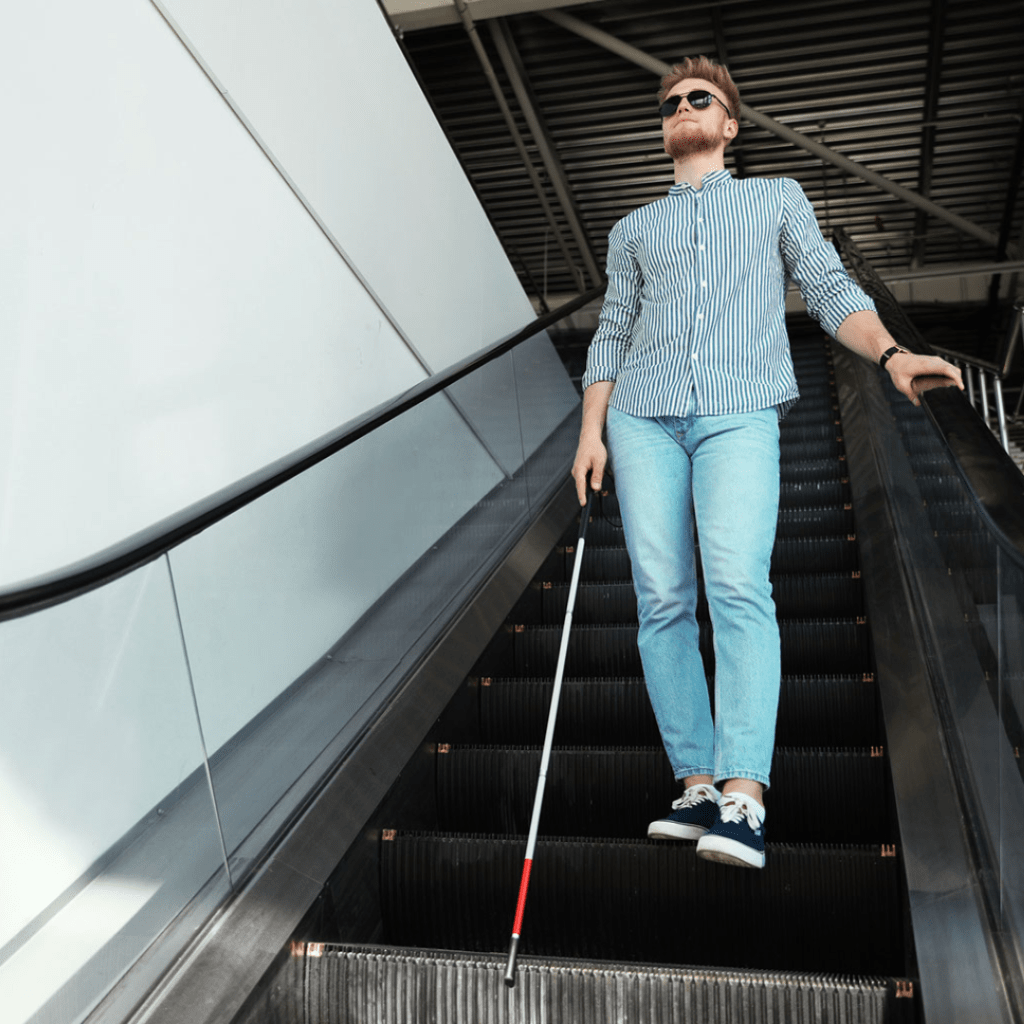
VISUAL IMPAIRMENT VS BLINDNESS
When a person has vision loss that cannot be fully corrected with glasses or contact lenses, they are said to have a visual impairment.
Visual impairment:
The International Classification of Diseases 11 (2018) classifies vision impairment into two groups, distance and near presenting vision impairment.
| Severity of vision impairment | Distance vision after spectacle correction in the better eye |
| Mild | 6/12-6/18 |
| Moderate | 6/18-6/60 |
| Severe | 6/60-3/60 |
Near vision: worse than N6 at 40 cm
NPCB (National Programme for Control of Blindness) defines visual impairment as VA <6/18 in the better eye with available correction.
DEFINITION OF BLINDNESS:
NPCB (National Programme for Control of Blindness) has given the following definitions for blindness:
| TOTAL BLINDNESS | VA less than 3/60 in the better eye with spectacle correction and/or visual field less than 10 degrees from the center of fixation |
| ECONOMIC BLINDNESS | VA less than 3/60 in one eye and better than 1/60 in the other eye with spectacle correction |
| ONE EYE BLINDNESS | VA less than 3/60 in one eye and better than 1/60 in the other eye with spectacle correction |
There are also levels of visual loss based on visual field defect (loss of peripheral vision). 20 degrees or less of visual field remaining, is considered visually impaired.
VISUAL REHABILITATION
Early-onset severe vision impairment in young children can delay their motor, language, emotional, social, and cognitive development, which can have long-term effects that lower their educational achievement. Apart from this, vision impairment is a huge financial burden on the entire world.
Quality of life is significantly impacted by vision impairment in adult populations. Adults with vision impairment frequently rely on others for assistance with daily tasks. Anxiety and depression are more prevalent as a result.

Vision impairment in older people can increase their risk of falling and fractures, social isolation, difficulty walking, and early admission into nursing or care facilities.
Refractive errors, dry eyes, and vitamin A deficiency are just a few of the many eye diseases that can be avoided. Effective screening and interventions are available to detect such conditions and start treatment or rehabilitation.
The goals of treating these illnesses are to reduce their symptoms and stop them from progressing into more severe conditions.
People with irreversible vision impairment, which can be brought on by eye conditions like diabetic retinopathy, glaucoma, age-related macular degeneration, trauma, etc., can function better thanks to vision rehabilitation.
LOW VISUAL AIDS
Functional low vision is defined as having central VA of 6/18 or worse or visual field of less than 10 degrees.
It is crucial to diagnose this in order to begin the process of visual rehabilitation with low vision aids.
Low visual aids like computer-assisted technology and accessibility features on devices have a learning curve. It is preferable to use them as soon as possible to ensure that the use is effective right away.
| NON OPTICAL | OPTICAL | ELECTRIC | DEVICE ASSESSIBILITY APPS |
| Better lighting: use of head lamp, stand lamp extra | Magnifiers: hand or stand 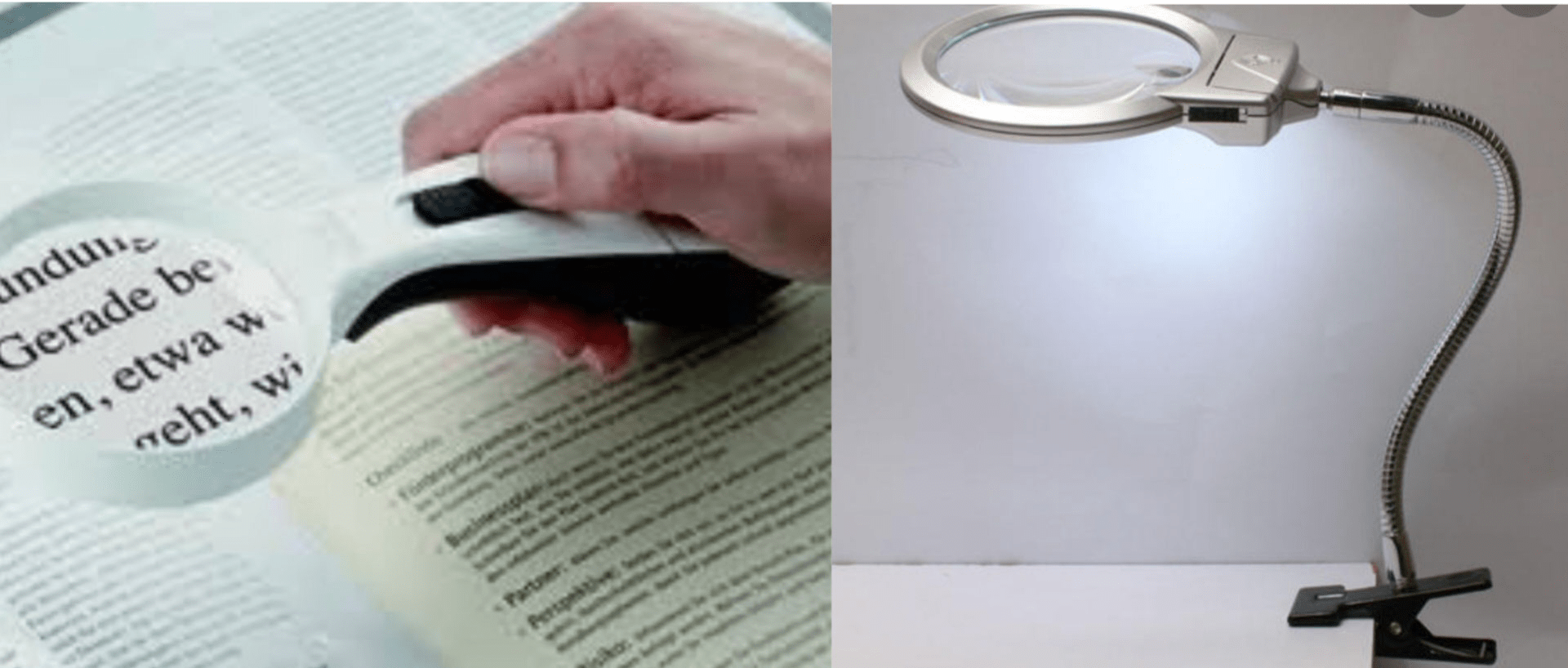 | OrCAM, CCTV magnifiers | Be my eyes |
| Better contrast | Telescopes, 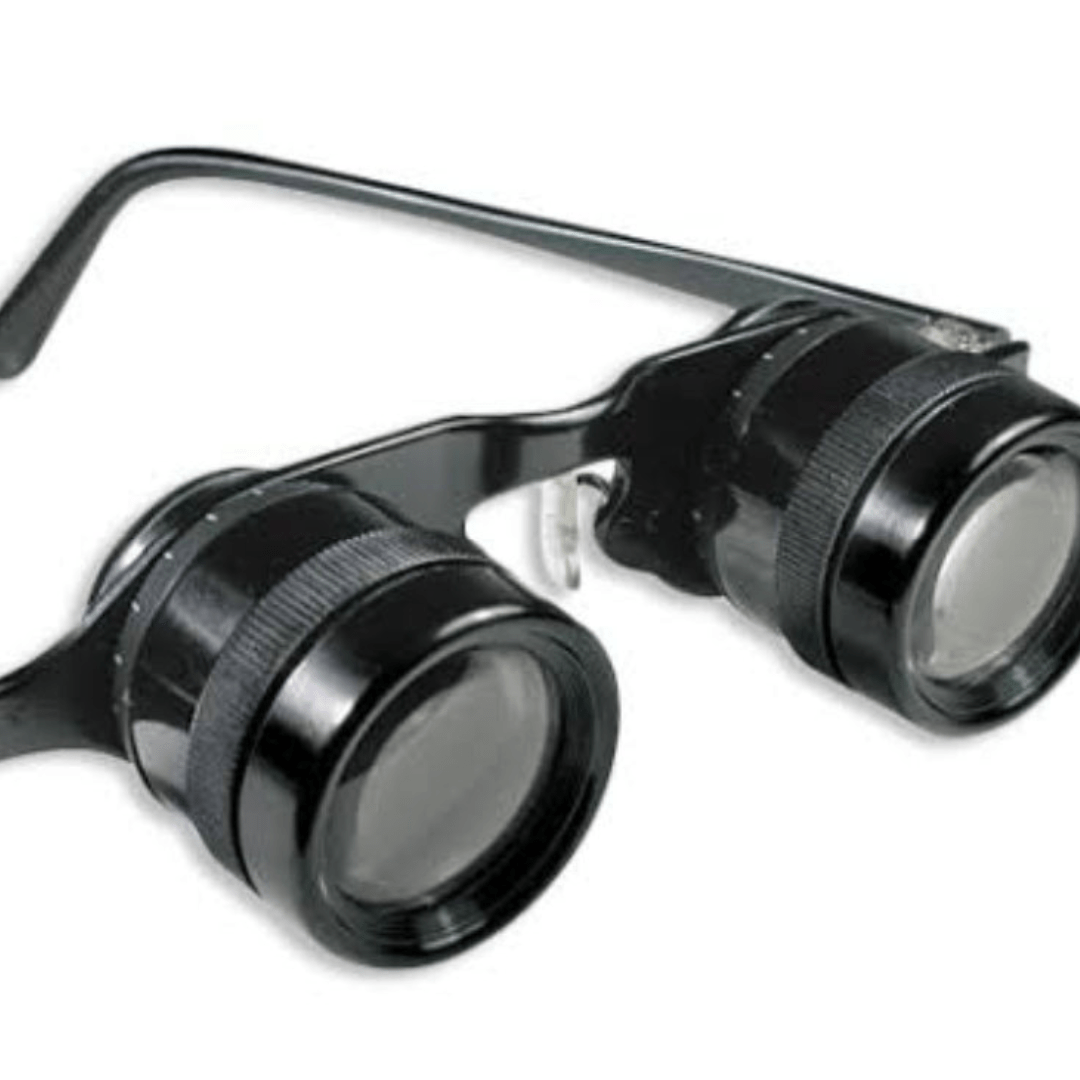 Implantable Miniature Telescope (IMT). | VR headset based | Google lookout |
| Bigger font size | Bioptic glasses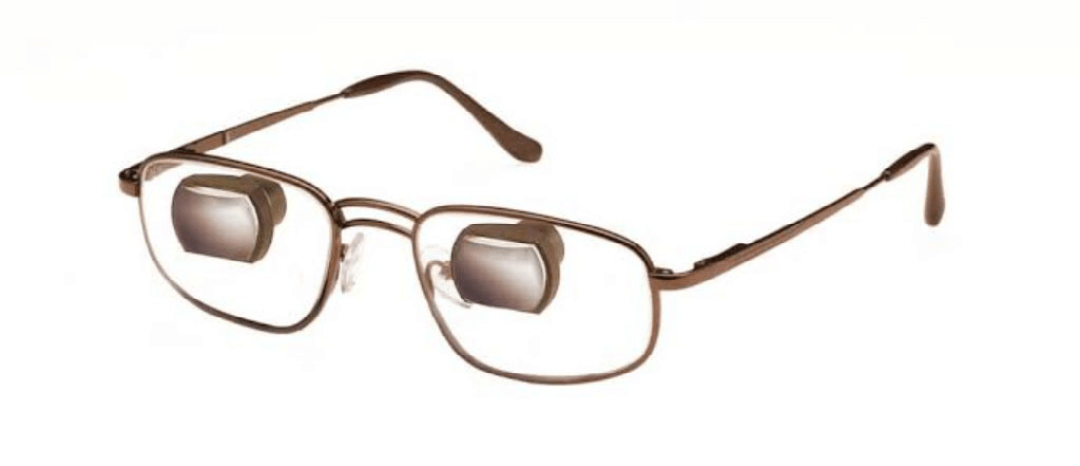 | VR smart glasses | Seeing AI |
| Holding books close to the face | AR based | Audible |
CCTV magnifier
CCTV magnifier is a low vision aid for macular degeneration patients that combines a camera and a TV screen. A magnified image of the object is shown on the screen while the camera is pointed at it. The magnified image that appears on the screen can be seen by the patient to identify or read.
OrCam MY EYE
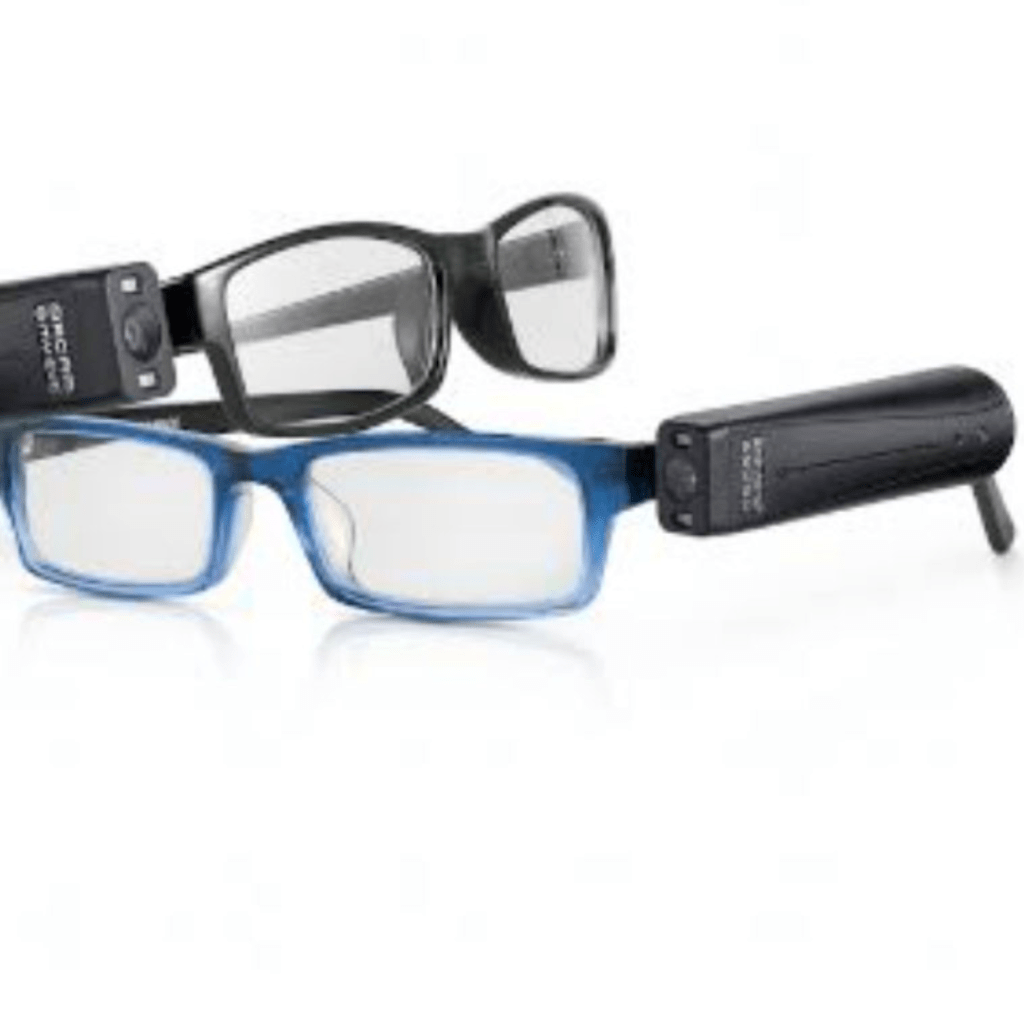
Another tool that is transforming how people with macular degeneration and other vision problems can perceive the world is OrCam MyEye.
A cutting-edge wearable AI device called the OrCam MyEye is attached to the patient’s glasses. It has a speaker and a camera. It can help the wearer with orientation, object identification, face recognition, and reading newspapers or books.
IrisVision and e-sight
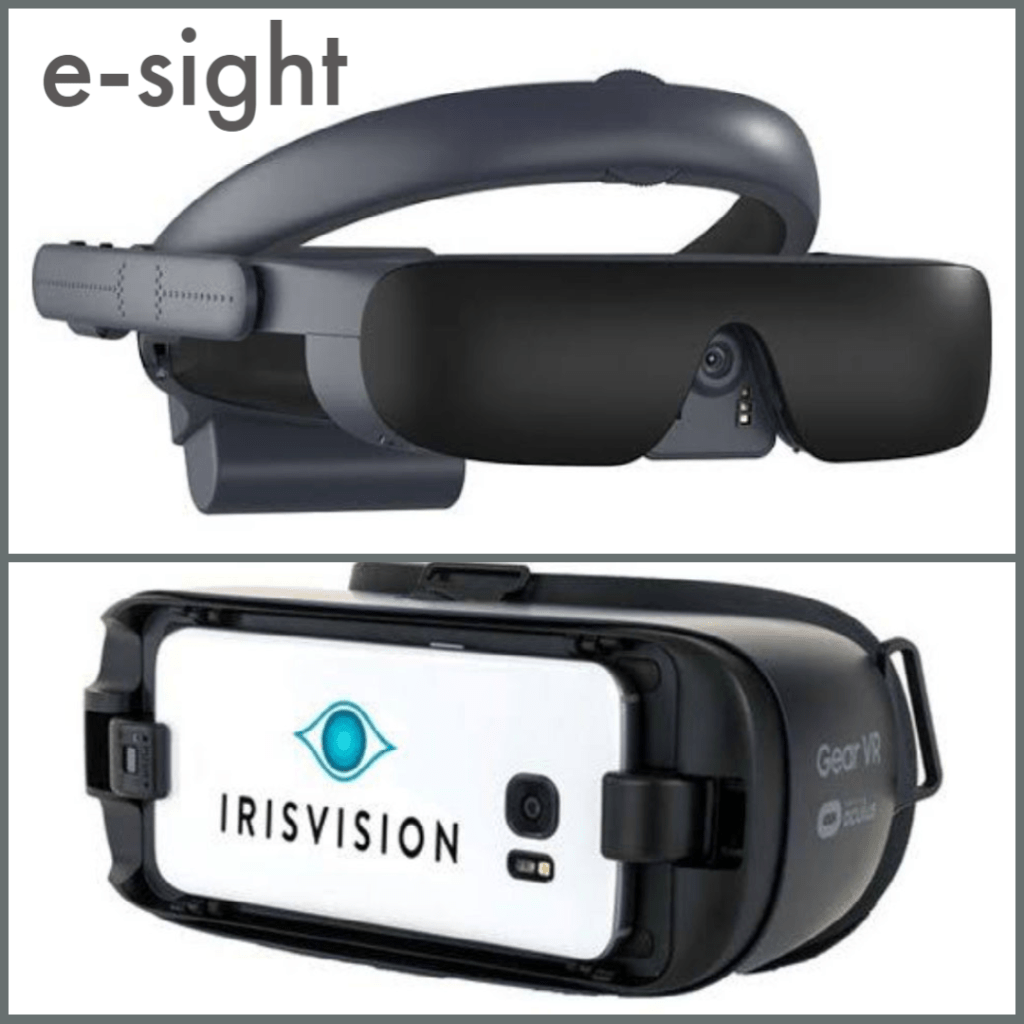
Two extremely effective wearables with cutting-edge technology are e-Sight and IrisVision. They consist of a headset with a camera attached.
They offer the sharpest vision. The best-magnified image of the object of interest is provided by the camera, maximizing the quality of the image sent to the brain. Patients are able to fully see the outside world and go about their daily lives as a result.
While e-sight is portable, the disadvantage of IrisVision is that it makes it difficult to move around while wearing the device.
Implantable telescope technology:
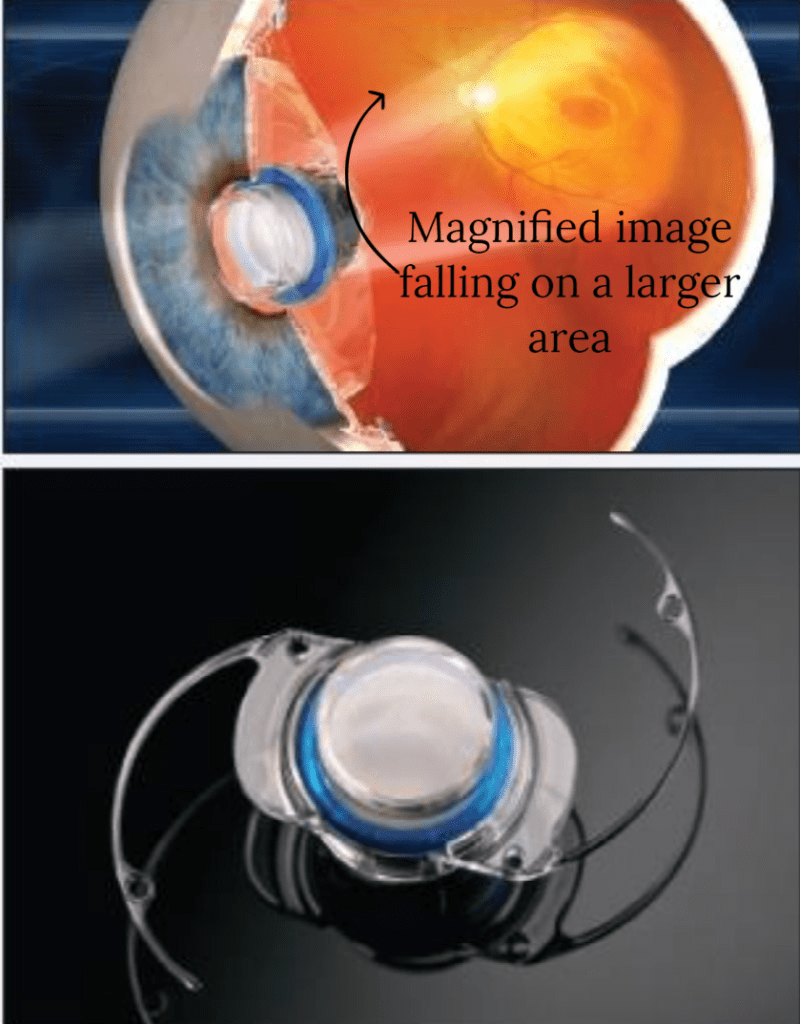
People with macular degeneration and low vision can now live normal lives thanks to telescopic implants known as Implantable Miniature Telescopes (IMT).
The natural lens must be removed before inserting the implantable telescope. This serves as a tool to magnify the focused object by 2.5 times. Because of this, the image would be displaced from the macular pathology region, improving the patient’s vision.
These IMTs will help to increase visual acuity by reducing the effects of the central “blind spot” brought on by macular degeneration.
Low Vision Apps and Device Accessibility Features
For Android, iOS, and Windows, there are a number of accessibility apps that can transform your smartphone or computer into a low vision aid:
Be my eyes:
This app promotes human interaction, and several sighted volunteers assist those who are visually impaired in finding and reading interesting articles. The app aira, which connects visually impaired people with those who are trained to assist the blind, is comparable to this.
Google Lookout for Android or Seeing AI iOS:
After taking the picture, these apps will describe it. This facilitates orientation, object recognition, face recognition, and helps in mobility.
Cash reader
This is a great app for people with blindness to help with money counting.
These are all cost-free apps. A number of paid apps, including bookshare and audible, enable people with visual impairment to live as normally as possible.
